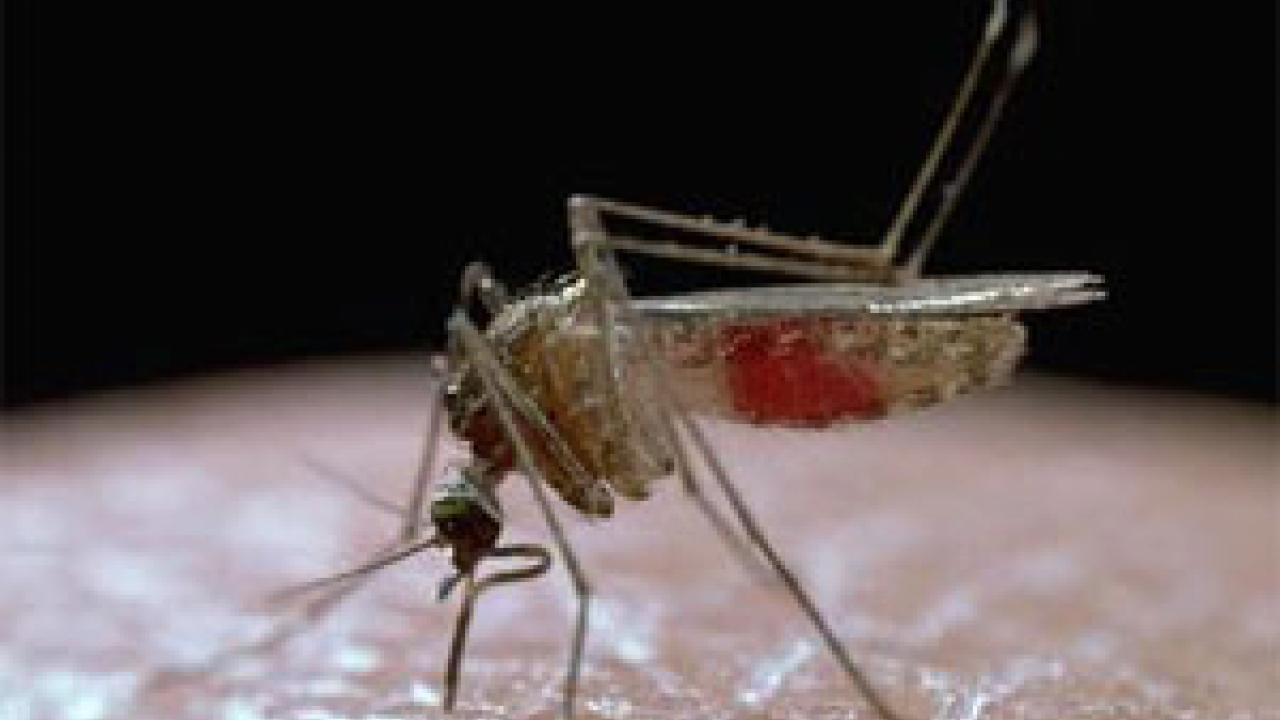UC Davis scientists have identified the dominant odor naturally produced in humans and birds that attracts the blood-feeding Culex mosquitoes, which transmit West Nile virus and other life-threatening diseases.
The groundbreaking research, published this week in the early online edition of the Proceedings of the National Academy of Sciences, explains why mosquitoes shifted hosts from birds to humans and paves the way for key developments in mosquito and disease control.
Entomology professor Walter Leal and postdoctoral researcher Zain Syed found that nonanal (NAWN-uh-nawl) is the powerful semiochemical that triggers the mosquitoes’ keen sense of smell, directing them toward a blood meal. A semiochemical is a chemical substance or mixture that carries a message.
“The antennae of the Culex quinquefasciatus are highly developed to detect even extremely low concentrations of nonanal,” Leal said. Mosquitoes detect smells with the olfactory receptor neurons of their antennae.
Birds, the main hosts of mosquitoes, serve as the reservoir for the West Nile virus, Leal said. When infected mosquitoes take a blood meal, they transmit the virus to their hosts, which include birds, humans, horses, dogs, cats, bats, chipmunks, skunks, squirrels and domestic rabbits. Since 1999, the U.S. Centers for Disease Control and Prevention have recorded 29,397 human cases and 1,147 fatalities in the United States alone.
Specificity and selectivity
The UC Davis researchers tested hundreds of naturally occurring compounds emitted by people and birds. They collected chemical odors from 16 adult human subjects, representing multiple races and ethnic groups.
“We then determined the specificity and sensitivity of the olfactory receptor neurons to the isolated compounds on the antennae of the mosquitoes,” Syed said.
Leal and Syed found that nonanal acts synergistically with carbon dioxide, a known mosquito attractant. “We baited mosquito traps with a combination of nonanal and carbon dioxide and we were drawing in as many as 2,000 a night in Yolo County, near Davis,” Syed said. “Nonanal, in combination with carbon dioxide, increased trap captures by more than 50 percent, compared to traps baited with carbon dioxide alone.”
Kathy Keatley Garvey is a senior writer for the Department of Entomology.
Media Resources
Dave Jones, Dateline, 530-752-6556, dljones@ucdavis.edu
